Tian Wang
Adaptation of Agentic AI
Dec 22, 2025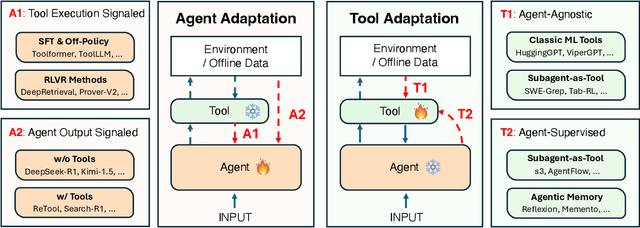
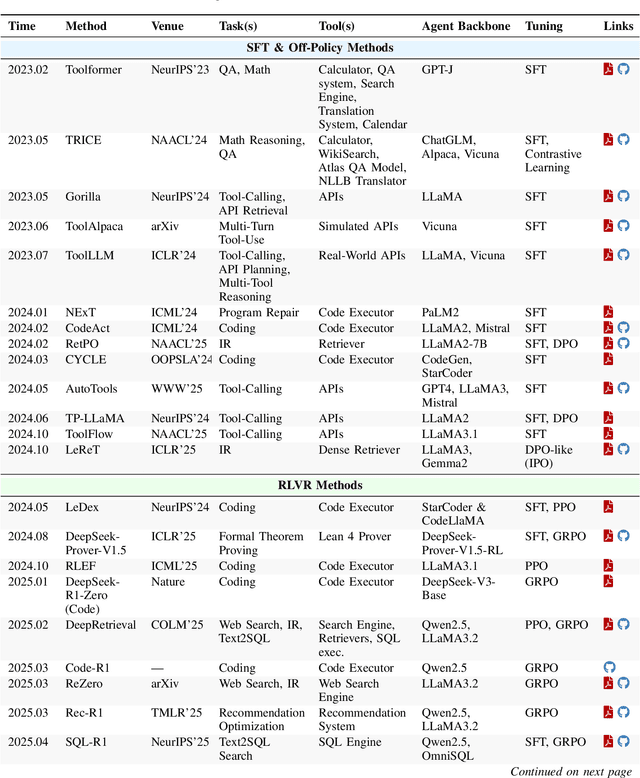
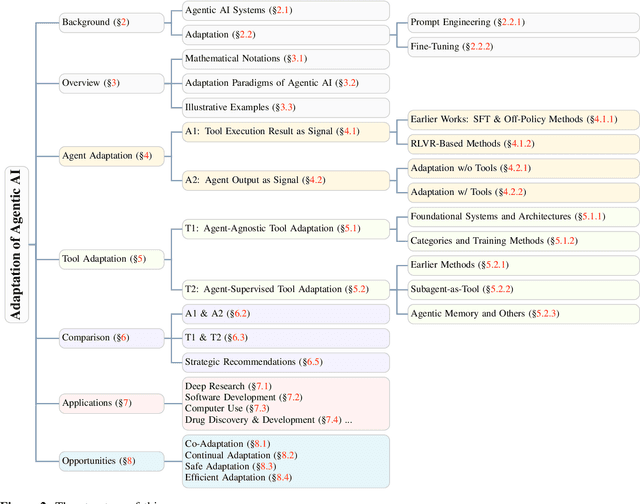
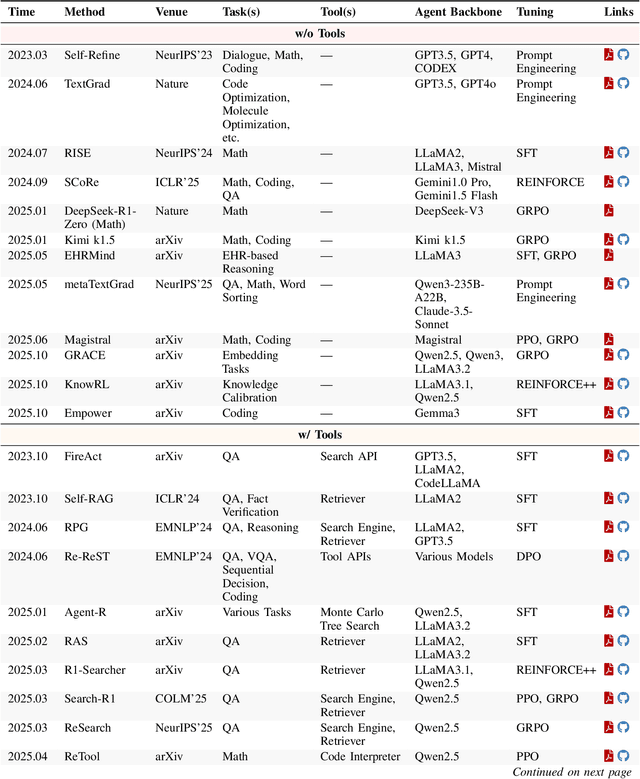
Abstract:Cutting-edge agentic AI systems are built on foundation models that can be adapted to plan, reason, and interact with external tools to perform increasingly complex and specialized tasks. As these systems grow in capability and scope, adaptation becomes a central mechanism for improving performance, reliability, and generalization. In this paper, we unify the rapidly expanding research landscape into a systematic framework that spans both agent adaptations and tool adaptations. We further decompose these into tool-execution-signaled and agent-output-signaled forms of agent adaptation, as well as agent-agnostic and agent-supervised forms of tool adaptation. We demonstrate that this framework helps clarify the design space of adaptation strategies in agentic AI, makes their trade-offs explicit, and provides practical guidance for selecting or switching among strategies during system design. We then review the representative approaches in each category, analyze their strengths and limitations, and highlight key open challenges and future opportunities. Overall, this paper aims to offer a conceptual foundation and practical roadmap for researchers and practitioners seeking to build more capable, efficient, and reliable agentic AI systems.
See, Think, Act: Online Shopper Behavior Simulation with VLM Agents
Oct 22, 2025Abstract:LLMs have recently demonstrated strong potential in simulating online shopper behavior. Prior work has improved action prediction by applying SFT on action traces with LLM-generated rationales, and by leveraging RL to further enhance reasoning capabilities. Despite these advances, current approaches rely on text-based inputs and overlook the essential role of visual perception in shaping human decision-making during web GUI interactions. In this paper, we investigate the integration of visual information, specifically webpage screenshots, into behavior simulation via VLMs, leveraging OPeRA dataset. By grounding agent decision-making in both textual and visual modalities, we aim to narrow the gap between synthetic agents and real-world users, thereby enabling more cognitively aligned simulations of online shopping behavior. Specifically, we employ SFT for joint action prediction and rationale generation, conditioning on the full interaction context, which comprises action history, past HTML observations, and the current webpage screenshot. To further enhance reasoning capabilities, we integrate RL with a hierarchical reward structure, scaled by a difficulty-aware factor that prioritizes challenging decision points. Empirically, our studies show that incorporating visual grounding yields substantial gains: the combination of text and image inputs improves exact match accuracy by more than 6% over text-only inputs. These results indicate that multi-modal grounding not only boosts predictive accuracy but also enhances simulation fidelity in visually complex environments, which captures nuances of human attention and decision-making that text-only agents often miss. Finally, we revisit the design space of behavior simulation frameworks, identify key methodological limitations, and propose future research directions toward building efficient and effective human behavior simulators.
A Survey on Code Generation with LLM-based Agents
Jul 31, 2025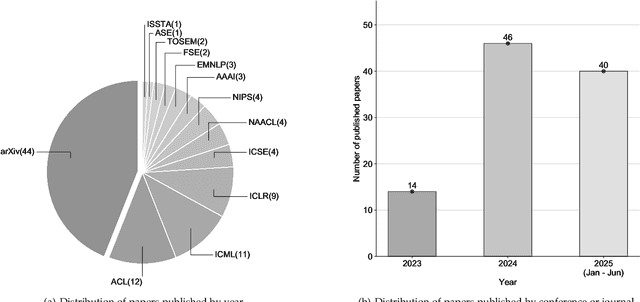
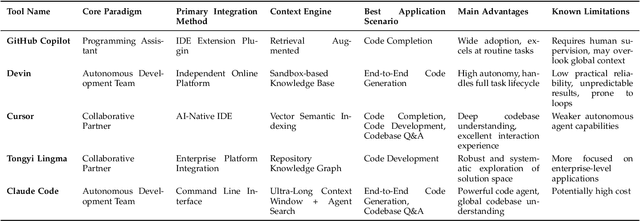
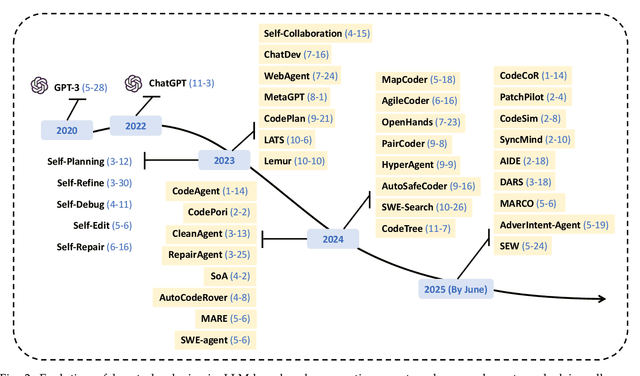
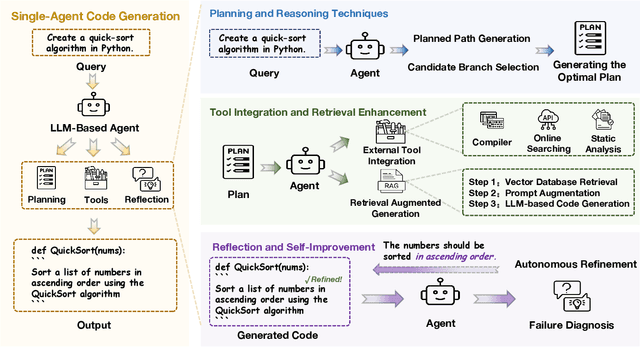
Abstract:Code generation agents powered by large language models (LLMs) are revolutionizing the software development paradigm. Distinct from previous code generation techniques, code generation agents are characterized by three core features. 1) Autonomy: the ability to independently manage the entire workflow, from task decomposition to coding and debugging. 2) Expanded task scope: capabilities that extend beyond generating code snippets to encompass the full software development lifecycle (SDLC). 3) Enhancement of engineering practicality: a shift in research emphasis from algorithmic innovation toward practical engineering challenges, such as system reliability, process management, and tool integration. This domain has recently witnessed rapid development and an explosion in research, demonstrating significant application potential. This paper presents a systematic survey of the field of LLM-based code generation agents. We trace the technology's developmental trajectory from its inception and systematically categorize its core techniques, including both single-agent and multi-agent architectures. Furthermore, this survey details the applications of LLM-based agents across the full SDLC, summarizes mainstream evaluation benchmarks and metrics, and catalogs representative tools. Finally, by analyzing the primary challenges, we identify and propose several foundational, long-term research directions for the future work of the field.
Shop-R1: Rewarding LLMs to Simulate Human Behavior in Online Shopping via Reinforcement Learning
Jul 23, 2025

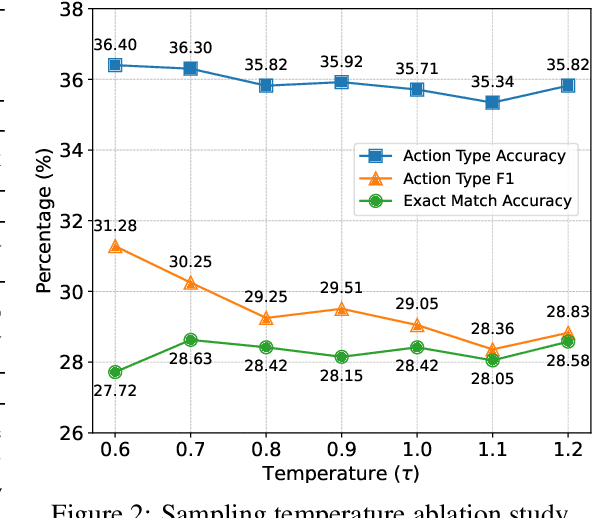

Abstract:Large Language Models (LLMs) have recently demonstrated strong potential in generating 'believable human-like' behavior in web environments. Prior work has explored augmenting training data with LLM-synthesized rationales and applying supervised fine-tuning (SFT) to enhance reasoning ability, which in turn can improve downstream action prediction. However, the performance of such approaches remains inherently bounded by the reasoning capabilities of the model used to generate the rationales. In this paper, we introduce Shop-R1, a novel reinforcement learning (RL) framework aimed at enhancing the reasoning ability of LLMs for simulation of real human behavior in online shopping environments Specifically, Shop-R1 decomposes the human behavior simulation task into two stages: rationale generation and action prediction, each guided by distinct reward signals. For rationale generation, we leverage internal model signals (e.g., logit distributions) to guide the reasoning process in a self-supervised manner. For action prediction, we propose a hierarchical reward structure with difficulty-aware scaling to prevent reward hacking and enable fine-grained reward assignment. This design evaluates both high-level action types and the correctness of fine-grained sub-action details (attributes and values), rewarding outputs proportionally to their difficulty. Experimental results show that our method achieves a relative improvement of over 65% compared to the baseline.
OPeRA: A Dataset of Observation, Persona, Rationale, and Action for Evaluating LLMs on Human Online Shopping Behavior Simulation
Jun 05, 2025
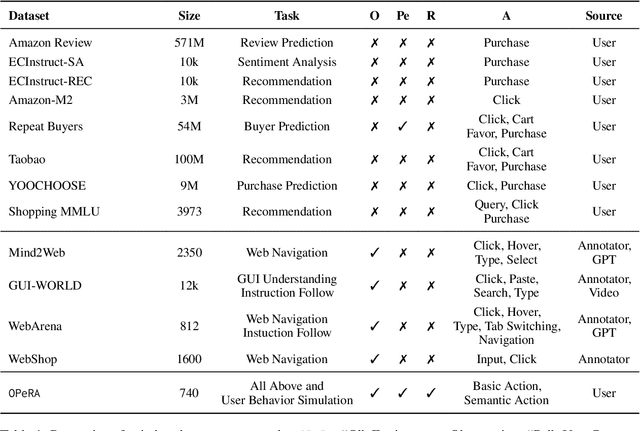
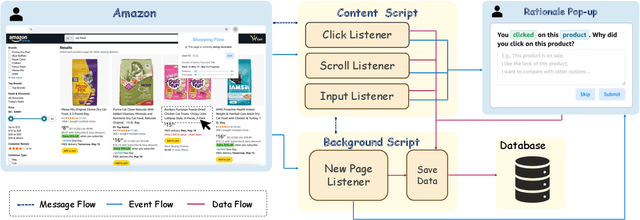
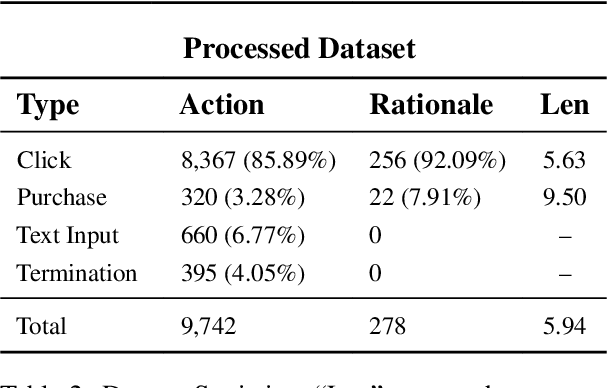
Abstract:Can large language models (LLMs) accurately simulate the next web action of a specific user? While LLMs have shown promising capabilities in generating ``believable'' human behaviors, evaluating their ability to mimic real user behaviors remains an open challenge, largely due to the lack of high-quality, publicly available datasets that capture both the observable actions and the internal reasoning of an actual human user. To address this gap, we introduce OPERA, a novel dataset of Observation, Persona, Rationale, and Action collected from real human participants during online shopping sessions. OPERA is the first public dataset that comprehensively captures: user personas, browser observations, fine-grained web actions, and self-reported just-in-time rationales. We developed both an online questionnaire and a custom browser plugin to gather this dataset with high fidelity. Using OPERA, we establish the first benchmark to evaluate how well current LLMs can predict a specific user's next action and rationale with a given persona and <observation, action, rationale> history. This dataset lays the groundwork for future research into LLM agents that aim to act as personalized digital twins for human.
Hybrid Learning for Cold-Start-Aware Microservice Scheduling in Dynamic Edge Environments
May 28, 2025Abstract:With the rapid growth of IoT devices and their diverse workloads, container-based microservices deployed at edge nodes have become a lightweight and scalable solution. However, existing microservice scheduling algorithms often assume static resource availability, which is unrealistic when multiple containers are assigned to an edge node. Besides, containers suffer from cold-start inefficiencies during early-stage training in currently popular reinforcement learning (RL) algorithms. In this paper, we propose a hybrid learning framework that combines offline imitation learning (IL) with online Soft Actor-Critic (SAC) optimization to enable a cold-start-aware microservice scheduling with dynamic allocation for computing resources. We first formulate a delay-and-energy-aware scheduling problem and construct a rule-based expert to generate demonstration data for behavior cloning. Then, a GRU-enhanced policy network is designed in the policy network to extract the correlation among multiple decisions by separately encoding slow-evolving node states and fast-changing microservice features, and an action selection mechanism is given to speed up the convergence. Extensive experiments show that our method significantly accelerates convergence and achieves superior final performance. Compared with baselines, our algorithm improves the total objective by $50\%$ and convergence speed by $70\%$, and demonstrates the highest stability and robustness across various edge configurations.
FedHL: Federated Learning for Heterogeneous Low-Rank Adaptation via Unbiased Aggregation
May 24, 2025



Abstract:Federated Learning (FL) facilitates the fine-tuning of Foundation Models (FMs) using distributed data sources, with Low-Rank Adaptation (LoRA) gaining popularity due to its low communication costs and strong performance. While recent work acknowledges the benefits of heterogeneous LoRA in FL and introduces flexible algorithms to support its implementation, our theoretical analysis reveals a critical gap: existing methods lack formal convergence guarantees due to parameter truncation and biased gradient updates. Specifically, adapting client-specific LoRA ranks necessitates truncating global parameters, which introduces inherent truncation errors and leads to subsequent inaccurate gradient updates that accumulate over training rounds, ultimately degrading performance. To address the above issues, we propose \textbf{FedHL}, a simple yet effective \textbf{Fed}erated Learning framework tailored for \textbf{H}eterogeneous \textbf{L}oRA. By leveraging the full-rank global model as a calibrated aggregation basis, FedHL eliminates the direct truncation bias from initial alignment with client-specific ranks. Furthermore, we derive the theoretically optimal aggregation weights by minimizing the gradient drift term in the convergence upper bound. Our analysis shows that FedHL guarantees $\mathcal{O}(1/\sqrt{T})$ convergence rate, and experiments on multiple real-world datasets demonstrate a 1-3\% improvement over several state-of-the-art methods.
AFCL: Analytic Federated Continual Learning for Spatio-Temporal Invariance of Non-IID Data
May 18, 2025Abstract:Federated Continual Learning (FCL) enables distributed clients to collaboratively train a global model from online task streams in dynamic real-world scenarios. However, existing FCL methods face challenges of both spatial data heterogeneity among distributed clients and temporal data heterogeneity across online tasks. Such data heterogeneity significantly degrades the model performance with severe spatial-temporal catastrophic forgetting of local and past knowledge. In this paper, we identify that the root cause of this issue lies in the inherent vulnerability and sensitivity of gradients to non-IID data. To fundamentally address this issue, we propose a gradient-free method, named Analytic Federated Continual Learning (AFCL), by deriving analytical (i.e., closed-form) solutions from frozen extracted features. In local training, our AFCL enables single-epoch learning with only a lightweight forward-propagation process for each client. In global aggregation, the server can recursively and efficiently update the global model with single-round aggregation. Theoretical analyses validate that our AFCL achieves spatio-temporal invariance of non-IID data. This ideal property implies that, regardless of how heterogeneous the data are distributed across local clients and online tasks, the aggregated model of our AFCL remains invariant and identical to that of centralized joint learning. Extensive experiments show the consistent superiority of our AFCL over state-of-the-art baselines across various benchmark datasets and settings.
InfoPO: On Mutual Information Maximization for Large Language Model Alignment
May 13, 2025Abstract:We study the post-training of large language models (LLMs) with human preference data. Recently, direct preference optimization and its variants have shown considerable promise in aligning language models, eliminating the need for reward models and online sampling. Despite these benefits, these methods rely on explicit assumptions about the Bradley-Terry (BT) model, which makes them prone to overfitting and results in suboptimal performance, particularly on reasoning-heavy tasks. To address these challenges, we propose a principled preference fine-tuning algorithm called InfoPO, which effectively and efficiently aligns large language models using preference data. InfoPO eliminates the reliance on the BT model and prevents the likelihood of the chosen response from decreasing. Extensive experiments confirm that InfoPO consistently outperforms established baselines on widely used open benchmarks, particularly in reasoning tasks.
Rec-R1: Bridging Generative Large Language Models and User-Centric Recommendation Systems via Reinforcement Learning
Mar 31, 2025



Abstract:We propose Rec-R1, a general reinforcement learning framework that bridges large language models (LLMs) with recommendation systems through closed-loop optimization. Unlike prompting and supervised fine-tuning (SFT), Rec-R1 directly optimizes LLM generation using feedback from a fixed black-box recommendation model, without relying on synthetic SFT data from proprietary models such as GPT-4o. This avoids the substantial cost and effort required for data distillation. To verify the effectiveness of Rec-R1, we evaluate it on two representative tasks: product search and sequential recommendation. Experimental results demonstrate that Rec-R1 not only consistently outperforms prompting- and SFT-based methods, but also achieves significant gains over strong discriminative baselines, even when used with simple retrievers such as BM25. Moreover, Rec-R1 preserves the general-purpose capabilities of the LLM, unlike SFT, which often impairs instruction-following and reasoning. These findings suggest Rec-R1 as a promising foundation for continual task-specific adaptation without catastrophic forgetting.
 Add to Chrome
Add to Chrome Add to Firefox
Add to Firefox Add to Edge
Add to Edge